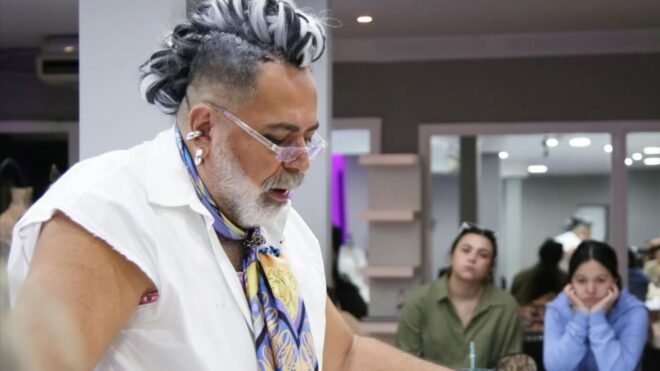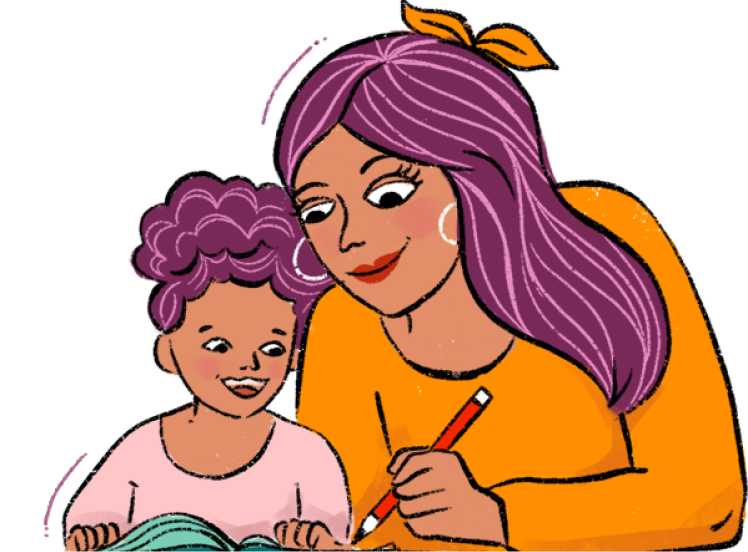Soccer has always seemed to me to be the closest to ancient tribal practices that we in the Western world get nowadays. This has been more than obvious during the matches of the World Cup. We paint our faces to support our teams, scream for them and argue or even fight with anybody who dares cheer for another tribe. Is there a better moment to make our children with special needs feel as they belong–really belong–to a tribe and that they are just like anybody else rooting for their team?
Read more ¿Qué más?: 15 Questions you MUST ask a care center if you have a child with special needs
I've written about how in our family, we know well about the pain that a kid feels when he or she is discriminated, left behind or simply stared at for acting or looking different. Maybe this is way the Facebook photos of the Asociación de Síndrome de Down de la República Argentina (ASDRA) with children wearing the national team jersey moved me so much. All of them fully included, at least for that moment, with the 40 million fans who will be cheering for their team in their final match against Germany.
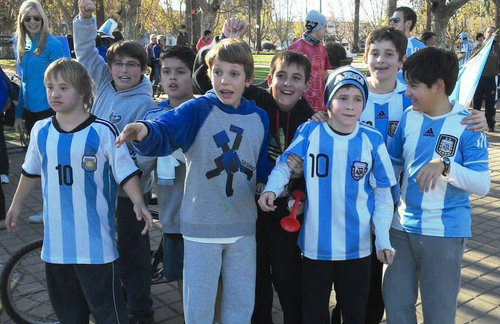
Gorgeous don't you think? (Oh and also, ¡VAMOS ARGENTINA!)
Look at the beautiful faces of the kids of ASDRA Argentina with their jerseys albiceleste. They will melt your heart.
Find more info about the theory of inclusion for children with special needs here.
Images via ASDRA
What is inclusion
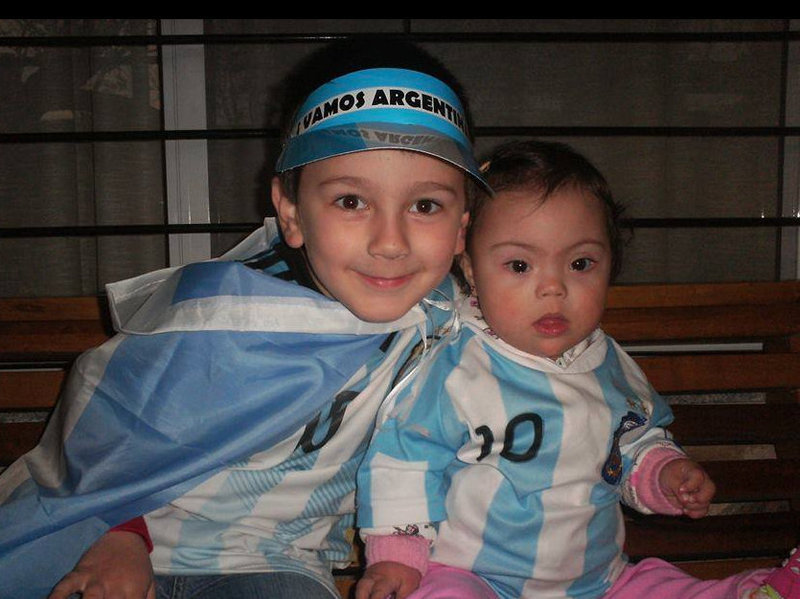
Inclusion is a philosophy of education based on the belief in every person's inherent right to fully participate in society. Inclusion implies acceptance of differences. It makes room for the person who would otherwise be excluded from the educational experiences that are fundamental to every student's development.
Why is it important
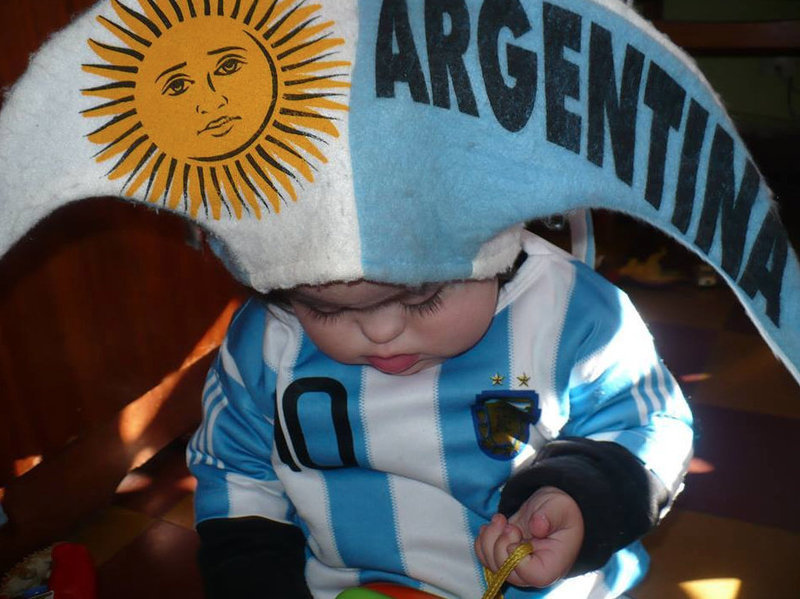
When inclusion is effectively implemented, research has demonstrated academic and social benefits for all students: both those who have special needs as well as typical students. Friendships develop, nondisabled students are more appreciative of differences and students with disabilities are more motivated.
Everybody wins
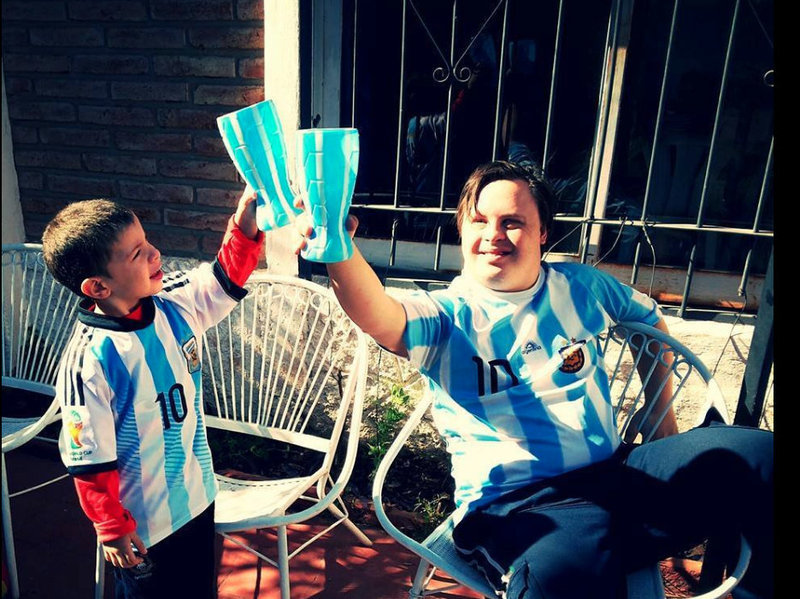
True acceptance of diversity ultimately develops within the school environment and is then carried into the home, workplace and community.
Benefits the community
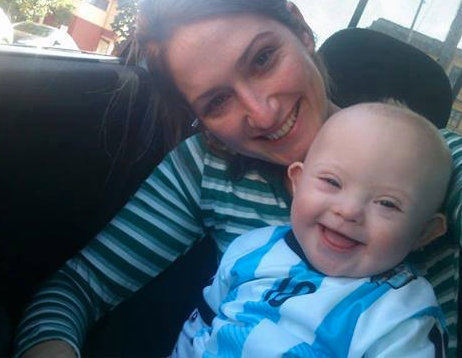
Nondisabled students can serve as positive speech and behavior role models for those with disabilities and students with disabilities offer their nondisabled peers lessons in acceptance, tolerance, patience and friendship.
EVERY Child wins
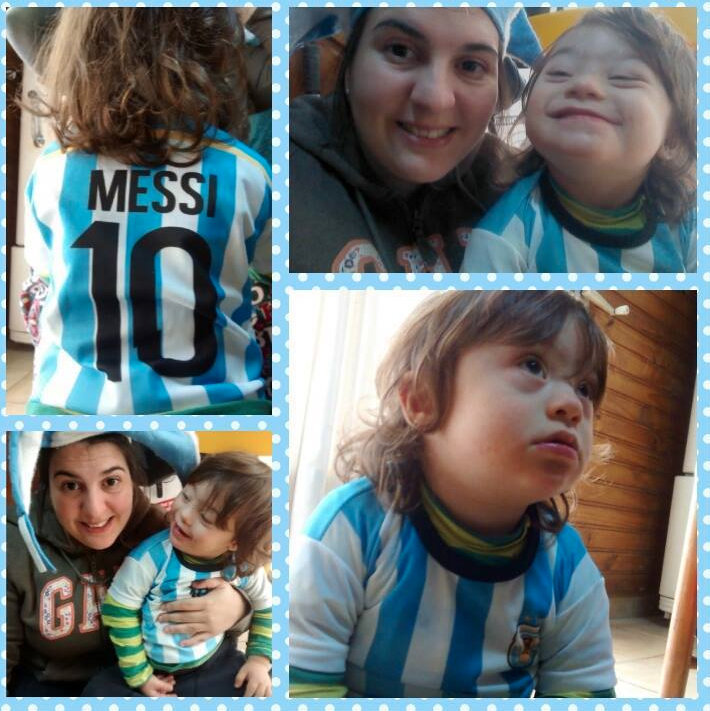
Successful inclusion programs demonstrate how certain changes in the structure of school systems, classroom operations and the roles of teachers, students, parents and community members can enable equal access to general education curricula and related services for all students.

